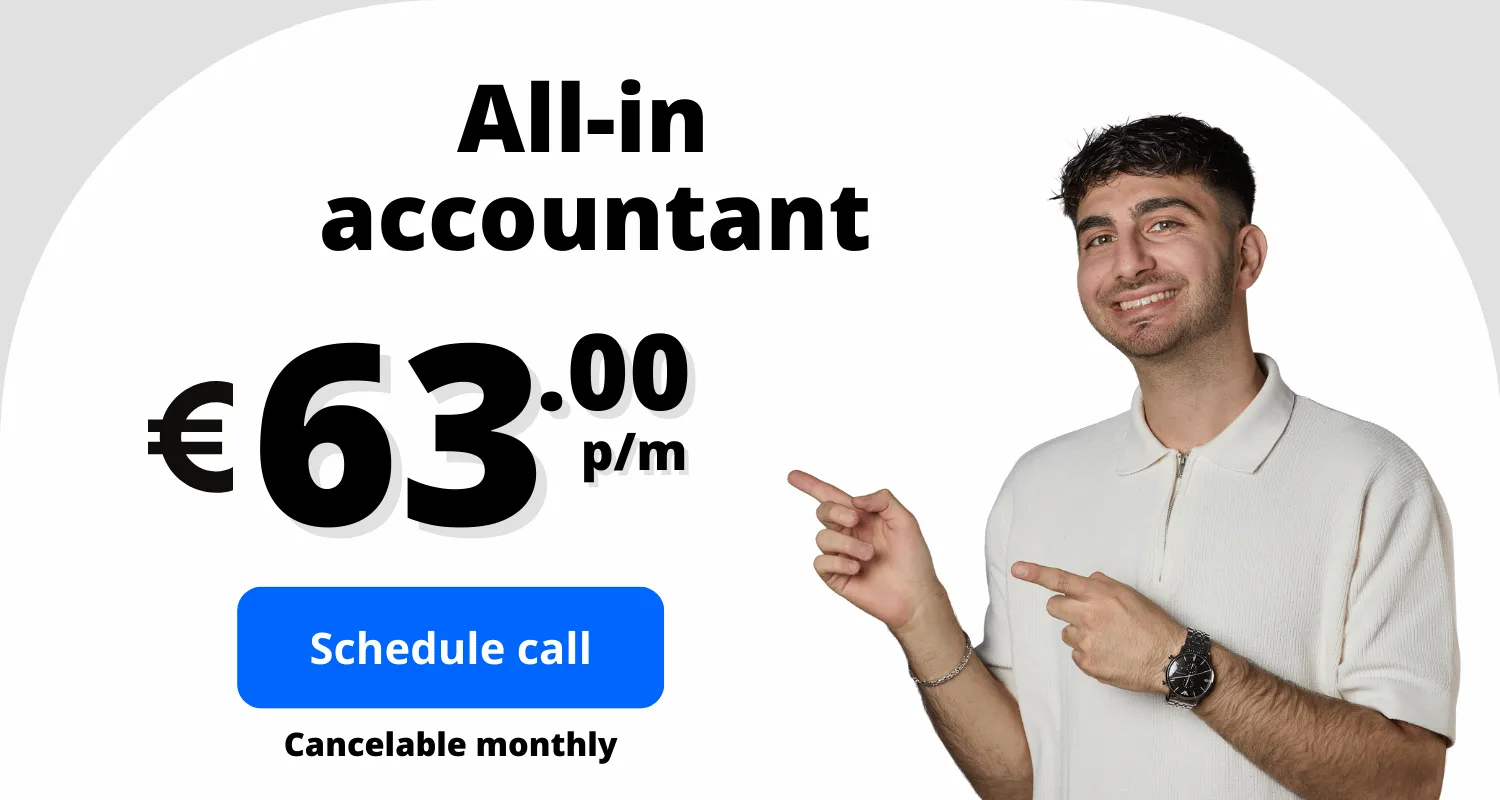Start close by: your own network
Your immediate network is often the most accessible entry point. People who already know you need less convincing than strangers. They know who you are, have worked with you or heard about your qualities. That makes it easier to get your first assignments.
Inform relevant contacts about your start-up. Not with a general appeal, but via targeted, personal messages. A short and clear message is often enough. Think of former colleagues, peers or business acquaintances.
Effective next steps:
- Send a clear message with what you do and for whom
- Briefly highlight the problem you solve or the value you deliver
- If necessary, include a case or concrete example as an appendix or link
Get your first customer via this route? Then ask for a review or introduction. A recommendation from a trusted source opens doors faster than an advertisement or cold call.
Provide a visible base
You can explain it so well to acquaintances, but without an online presence, you are missing out on opportunities. A simple, clear website is the minimum basis. No long stories, but clarity. Visitors need to understand within seconds:
- What you offer
- Who you work for
- How they contact you
Write in plain language. Avoid vague language like 'unburdening' or 'customised solutions'. Show what you do, why it matters and what someone will gain from it. Add one or two references as soon as possible, that completes the picture.
Also register your business with Google via a Google Company Profile. This makes you appear in local search results as well as on Google Maps. Especially if you work locally, this is indispensable. Ask your first customers for a review. One good review can make all the difference.
Choose your channels wisely
You don't have to be active on every platform. Rather, choose one or two channels that suit your target audience as well as yourself. LinkedIn makes sense for business services, while Instagram works better for visual or creative professions.
What you share doesn't have to be big. Consider:
- A question you solved for a client
- A brief insight from your field
- A brief experience from your working week
It's about recognisability and repetition. Visibility comes not from one perfect post, but from the consistent image people build of you.
Networking with attention
Networking is often misunderstood. It is not about selling or pushing yourself, but about conversations that deliver something, now or later. Meetings, events or industry get-togethers are good opportunities to show your face.
Tell briefly what you do and for whom, but above all, listen. Often, the real opportunity is only in the follow-up. Send a message afterwards to keep in touch, for instance via LinkedIn.
You can also do valuable networking online. In communities, LinkedIn groups or professional forums, you get to know people without having to make an immediate offer. By sharing knowledge or helping others further, you build a trustworthy profile.
Work in a structured way with the right tools
Especially in the early stages, you want to keep an overview. Who have you already spoken to? What has been agreed? When will there be feedback? With a few simple tools, you can prevent opportunities from being missed.
Commonly used tools:
- Trello or Notion for your acquisition planning
- Canva for visually strong expressions
- Mailchimp for simple newsletters
- Google Workspace for professional communication
- HubSpot CRM to manage customer contacts (free and clear)
Start with what you need. More tools does not automatically mean more grip. It's about recording actions and not leaving follow-up to chance.
Common pitfalls
A number of mistakes come back to haunt many start-ups. Not out of unwillingness, but because practice is unruly.
Common bottlenecks:
- Not choosing a clear target audience, leaving your message too general
- Wanting to do everything at once and therefore not excelling at anything
- Expecting customers to come naturally, without investing in visibility
- Giving up too soon for lack of immediate response
Besides, it is a missed opportunity to only send. Good customer acquisition starts with listening. Only when you know what someone is up against can you really show how you add value.
Persevere and repeat
Marketing is not a sprint, but a series of iterations. You build a recognisable profile, confidence in your approach and a network that knows what you do. This takes time. Reserve regular weekly moments for visibility, contact and follow-up, even if you are busy with ongoing assignments.
Results often appear delayed. Last month's acquaintance becomes next month's client. Those who stop as soon as things remain quiet never see what could have been created.
Conclusion
You won't find your first customers by waiting, but by being visible and building relationships. Start with people you already know, ensure a clear online presence and keep communicating in places where your target audience is. Work in a structured way, be patient and keep your process moving. The perseverer wins, not because it is easy, but because they keep investing where others stop.






